Tourists visit the shady coffee garden under the yellow cotton tree of Mrs. Tran Mai Huong - Photo: LT
The Pioneers
When we learned about specialty coffee in Huong Hoa, many people mentioned Mrs. Tran Mai Huong (commonly known as Madam Huong) in Cop village, Huong Phung commune. Currently, Mrs. Huong's coffee garden shaded by the yellow cotton tree is a destination attracting tourists from near and far. This is also the place where the specialty coffee product was honored as the top 1 Green Coffee Beans in Southeast Asia 2024.
Every year, in December, when most of the tea coffee gardens in Huong Phung commune have finished harvesting, workers in Ms. Huong's coffee garden are still diligently picking fruit. The coffee ripens gradually, although it takes a lot of effort to harvest, but instead of doing everything to have high productivity and fruit ripening simultaneously, Ms. Huong still chooses this farming method. She said that this is the way to get the best quality coffee.
“The yellow cotton tree creates a thick vegetation that helps increase humus and retain moisture in the soil. Thanks to the coverage of the yellow cotton tree forest, the coffee fruit goes through a long development process, and when ripe, it has a delicious, rich, and very distinctive flavor.” Thanks to that, in the 2022-2023 crop, she successfully tested the first batch of specialty Arabica coffee using the whole-fruit anaerobic fermentation method. By the 2023-2024 crop, she stabilized the processing stage and had the highest quality coffee batches. The product was recognized by the World Coffee Quality Institute as a specialty coffee with 84.75 points.
An agro-forestry coffee garden of people in Huong Phung commune - Photo: LT
In September 2024, Ms. Huong's Liberica coffee product was honored by the Southeast Asian Coffee Association as the top 1 product at the 2024 Southeast Asian Green Coffee Competition held in Thailand. "The origin of the Arabica coffee tree is a small shrub that grows naturally under the old forests of Africa. Planting coffee trees under the forest canopy has brought them back to their original nature. That is the best version of it, creating the highest quality raw materials to process into unique coffee products," Ms. Huong shared.
The concept of specialty coffee is understood as coffee products from growing areas with natural conditions along with special care, harvesting and processing processes. This type of coffee, when tasted, has its own flavor and achieves 80 points or more according to the standards and evaluation process of the World Specialty Coffee Association (SCA) and the World Coffee Quality Institute (CQI). |
Some people in Huong Phung have also become familiar with growing coffee under the forest canopy, including Mr. Le Duc Binh in Xa Ry village. In recent years, when pepper trees have degraded, he changed direction and started intercropping jackfruit, sen, and lat hoa coffee trees among tea coffee trees. According to him, the concept of growing coffee in combination with agriculture and forestry has only recently emerged, but before that, he and some people in the area had spontaneously done it to create shade trees for coffee trees because Quang Tri is a hot and sunny area, and having shade trees will create moisture and protect the land (because the terrain here is steep and very prone to erosion). From production experience, it has been shown that gardens with shade trees have a very good flavor and aftertaste, which is completely different from gardens growing monoculture coffee.
Over 570 households registered for the model
Mr. Nguyen An, manager of the Ecological Coffee Production and Natural Forest Improvement Project, WWF-Vietnam in Quang Tri, said that across the country, coffee growing areas have almost no standards for agroforestry coffee cultivation recognized by state agencies. In Quang Tri alone, in August 2024, the Provincial People's Committee issued a technical process for agroforestry-arabica coffee cultivation applied in the area. This is a process of intercropping coffee with woody plants or fruit trees. From this technical process, the provincial agricultural sector has compiled a handbook with pictures and illustrated diagrams to help people understand better.
In fact, there is no complete model to learn from. Therefore, the issuance of the technical process for agro-forestry coffee cultivation shows the province's strong determination in the coffee development strategy. Currently, the agricultural sector and projects supporting Huong Hoa farmers to grow coffee (including WWF-Vietnam in Quang Tri) are learning from experience.
For example, from Mrs. Huong’s coffee garden, there is an experience that has been drawn on how densely to plant the yellow cotton trees so as not to affect the light of the coffee trees below. Or in some gardens, there are species of trees that, when planted in between, will compete for nutrients with the coffee trees.
Therefore, the choice of forestry or fruit trees to plant with coffee; the distance and planting density to ensure that during the development process, the tree species do not compete for light and nutrition with the coffee trees are issues that are gradually being drawn out. "We are aiming for the same goal on that garden but helping people to create added value instead of thinking about expanding the cultivation area (buying more land or encroaching on natural forests)", said Mr. An.
Mr. Le Duc Binh, Director of Sary Specialty Coffee Cooperative, introduces the cooperative's products - Photo: LT
According to the staff of the Provincial Agricultural Extension Center, technically, planting agro-forestry coffee can be done by re-planning the garden, removing old trees, pests, etc. However, if people plant spontaneously, there will be cases where some plant densely, some plant sparsely, there is no clear line, and they do not know what type of forestry or fruit trees to plant.
Since the province’s technical process and the impact of some support projects, more and more people have registered to participate. For example, in 2024, Huong Phung commune had 374 households registered to intercrop fruit trees and forestry trees in coffee gardens; in 2025, about 200 households registered to participate.
In particular, in 2024, the center will open 11 training courses on agroforestry coffee cultivation, including 1 class of core staff, good farmers, and representatives of cooperatives to transfer to local people. Currently, the department has established a group of 7 technical support staff for the agroforestry coffee cultivation project, thereby continuing to survey and train and transfer techniques to people.
Branding through contests
According to statistics compiled by the People's Committee of Huong Phung Commune, the local coffee area is 2,000 hectares, with more than 1,200 households directly producing, an average of more than 1.5 hectares/household. Productivity ranges from 8.5 to 9 tons of fresh fruit/ha/year. Coffee trees are widely distributed in 13/13 villages in the commune.
Besides Chenh Venh village, which was selected by the Ministry of Agriculture and Rural Development (now the Ministry of Agriculture and Environment) as a coffee growing area that can produce specialty coffee, production reality shows that most of the villages in the commune meet the conditions for planning to develop high-quality coffee. In the area, there are currently more than 30 companies, enterprises, cooperatives and agents collecting, processing and producing coffee (including a number of companies, cooperatives and households producing and processing specialty and organic coffee).
According to Vice Chairman of Huong Phung Commune People's Committee Ha Ngoc Duong, people have gradually shifted from traditional coffee cultivation to organic cultivation and specialty coffee. The advantage is that recently the central and local governments have issued a number of mechanisms and policies in the development of specialty coffee. In the area, there are a number of businesses and organizations that have policies to encourage people in coffee cultivation.
Along with that, coffee prices have increased, some businesses have signed contracts to purchase products right from the beginning of the season, so people feel secure in production. In particular, recently, some local coffee products have participated and won high awards in domestic and international specialty coffee competitions, creating a buzz that attracts consumers' attention, thereby gradually building a brand for this product line.
For example, in 2020, the Sary Specialty Coffee Cooperative in Xa Ry village, Huong Phung commune was established with Mr. Le Duc Binh as director. The Cooperative currently has 20 members (of which 17 are ethnic minority members) cultivating more than 40 hectares of coffee. In 2024, the Cooperative cooperated with Tong Phuc Lam Company (in Ho Chi Minh City) to bring products to the Vietnam Specialty Coffee Competition in Buon Ma Thuot, Dak Lak province and was voted the most favorite coffee product.
Since then, more customers have come to know about the cooperative's products. Mr. Binh has 3 hectares of organically produced coffee. In recent years, he has fermented ripe bananas combined with manure and biofertilizers to water the coffee plants. Each year, the garden's output reaches about 36 tons of fresh fruit, of which he selects about 10 tons of fresh fruit that meet the standards for processing specialty coffee (about 2.5 tons), the rest is sold as bulk coffee to the market.
“Making specialty coffee requires meticulous care from selecting the fruit to pick, washing, draining and naturally fermenting... it is very laborious, but in return the price of specialty coffee is 3 times higher than that of raw coffee, so everyone is excited. My wish when establishing the cooperative is to produce together to have a large quantity of standard coffee to sell to the market,” Mr. Binh shared.
Lam Thanh
Source: https://baoquangtri.vn/doi-thay-tu-nhung-ray-ca-phe-o-huong-phung-192882.htm


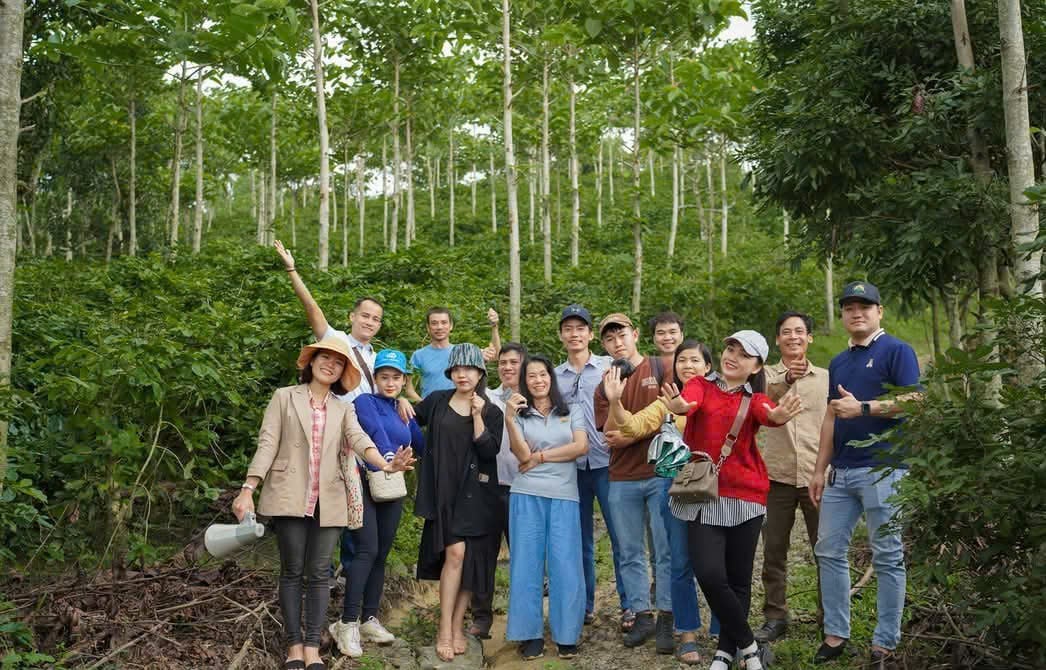
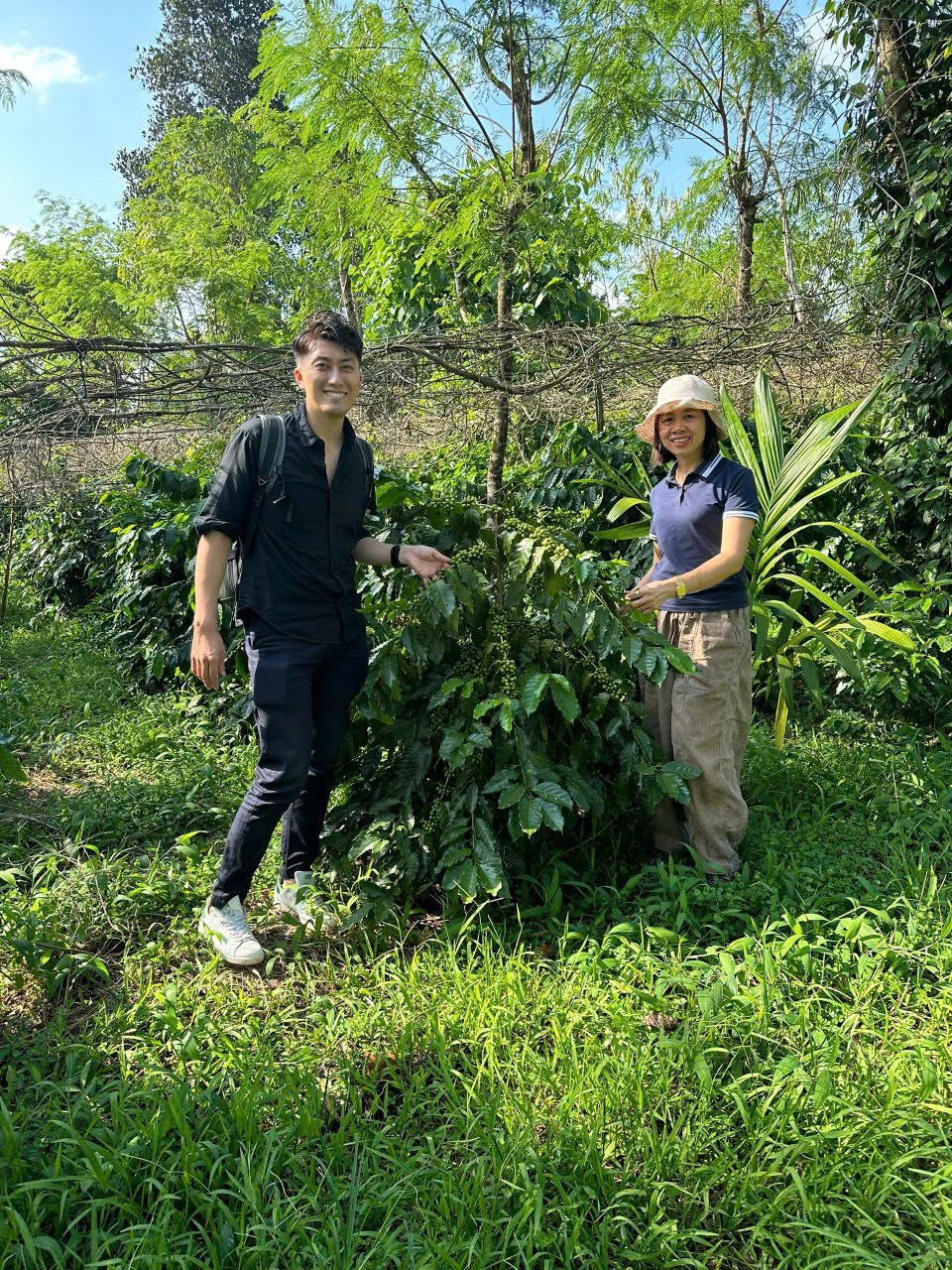
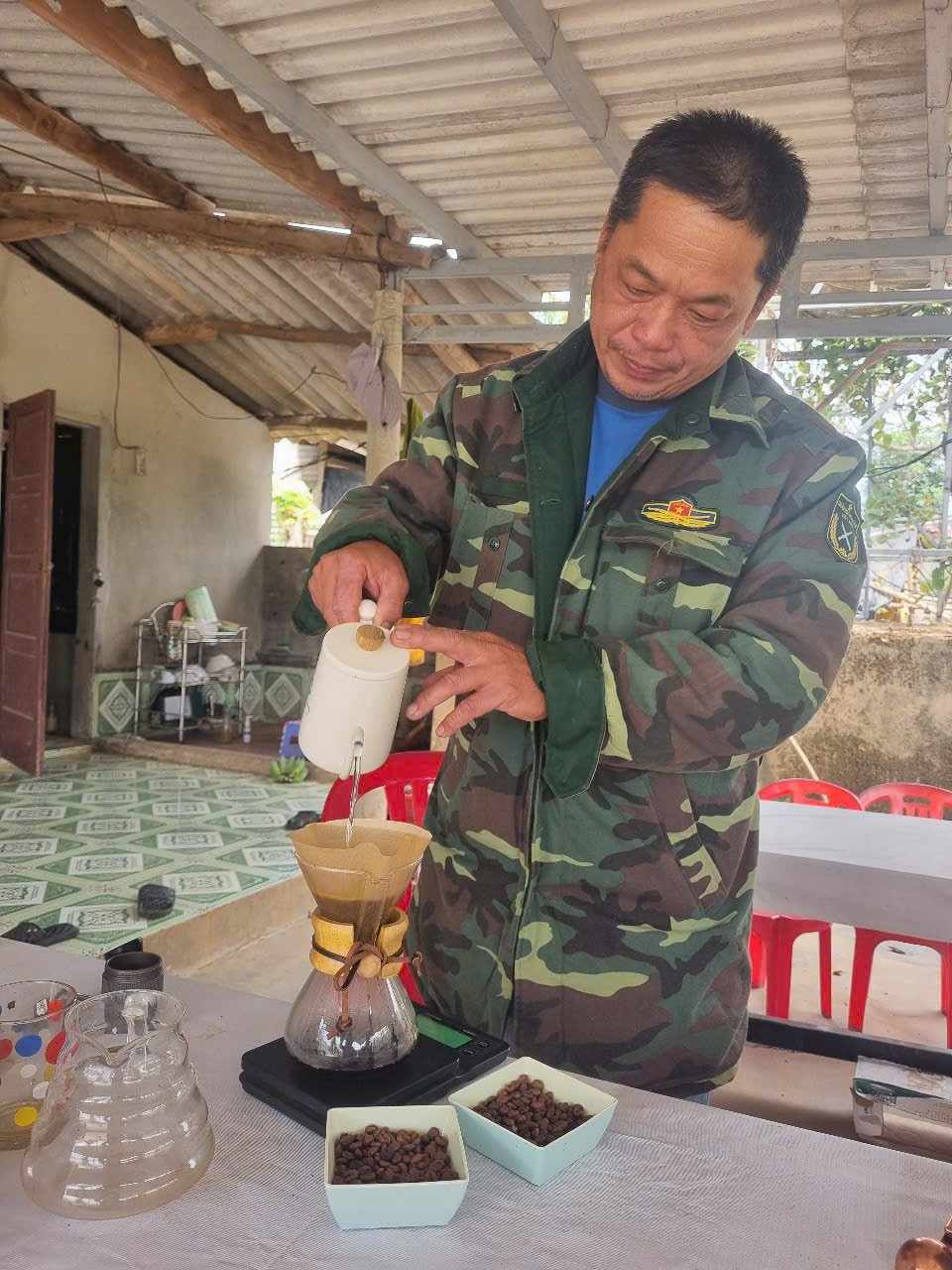
![[Photo] Ho Chi Minh City holds funeral for former President Tran Duc Luong](https://vphoto.vietnam.vn/thumb/1200x675/vietnam/resource/IMAGE/2025/5/24/9c1858ebd3d04170b6cef2e6bcb2019e)

![[Photo] The Government Standing Committee works with ministries and branches on the real estate market situation.](https://vphoto.vietnam.vn/thumb/1200x675/vietnam/resource/IMAGE/2025/5/24/e9b5bc2313d14c9499b8c9b83226adba)



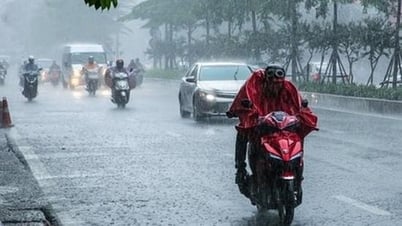

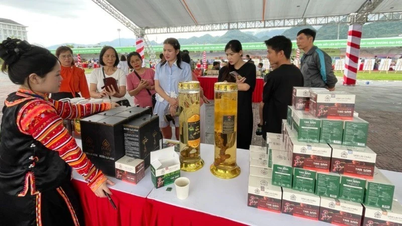

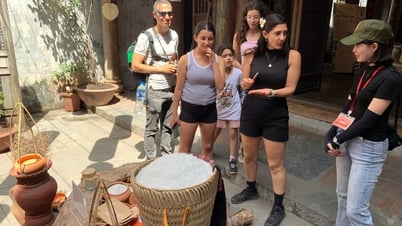

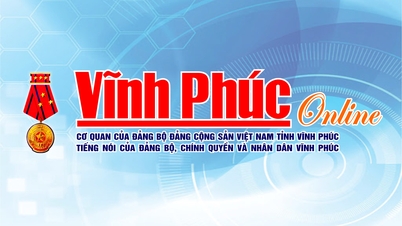

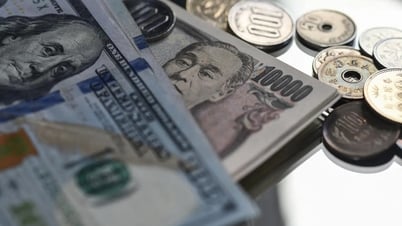






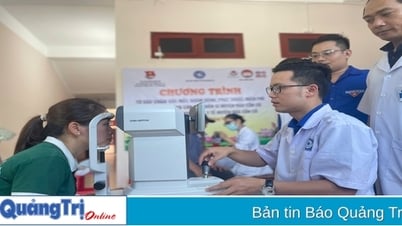
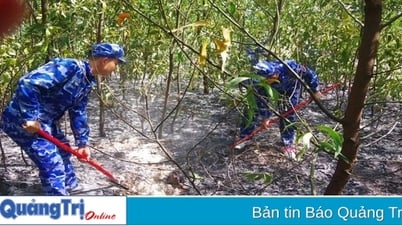
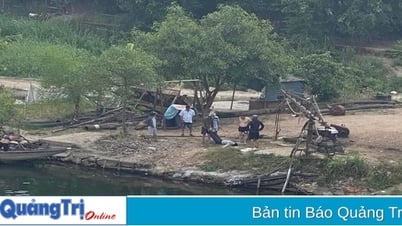
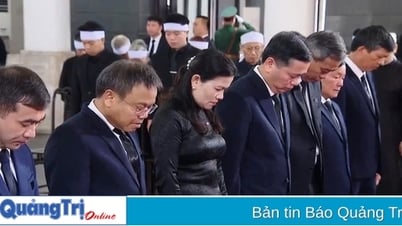

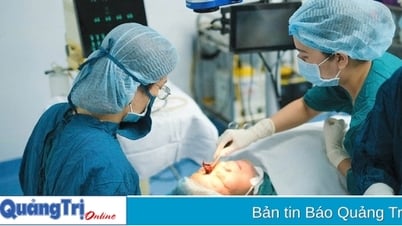

![[Photo] Party and State leaders visit former President Tran Duc Luong](https://vphoto.vietnam.vn/thumb/1200x675/vietnam/resource/IMAGE/2025/5/24/960db9b19102400e8df68d5a6caadcf6)















































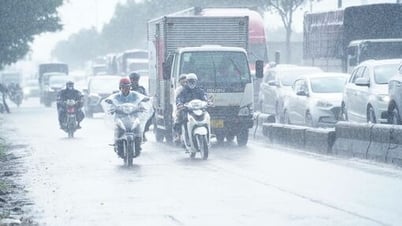

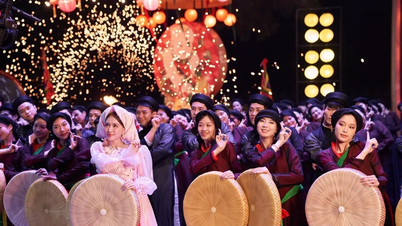


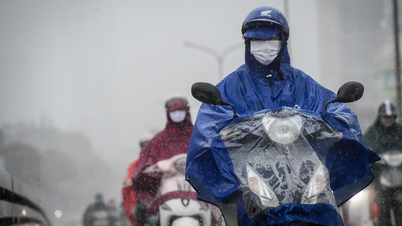

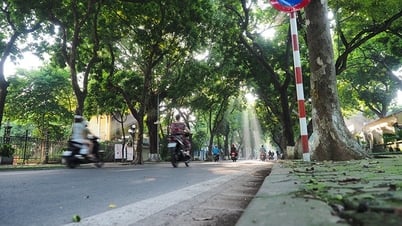
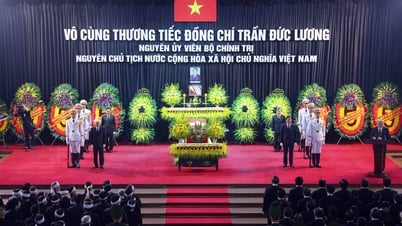












Comment (0)